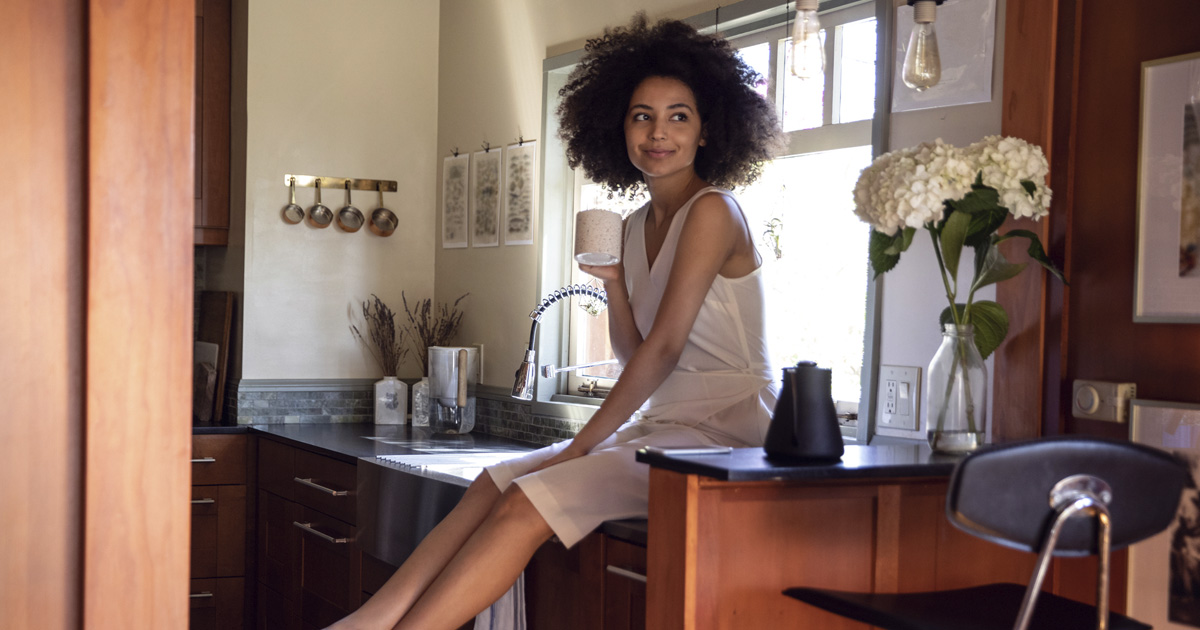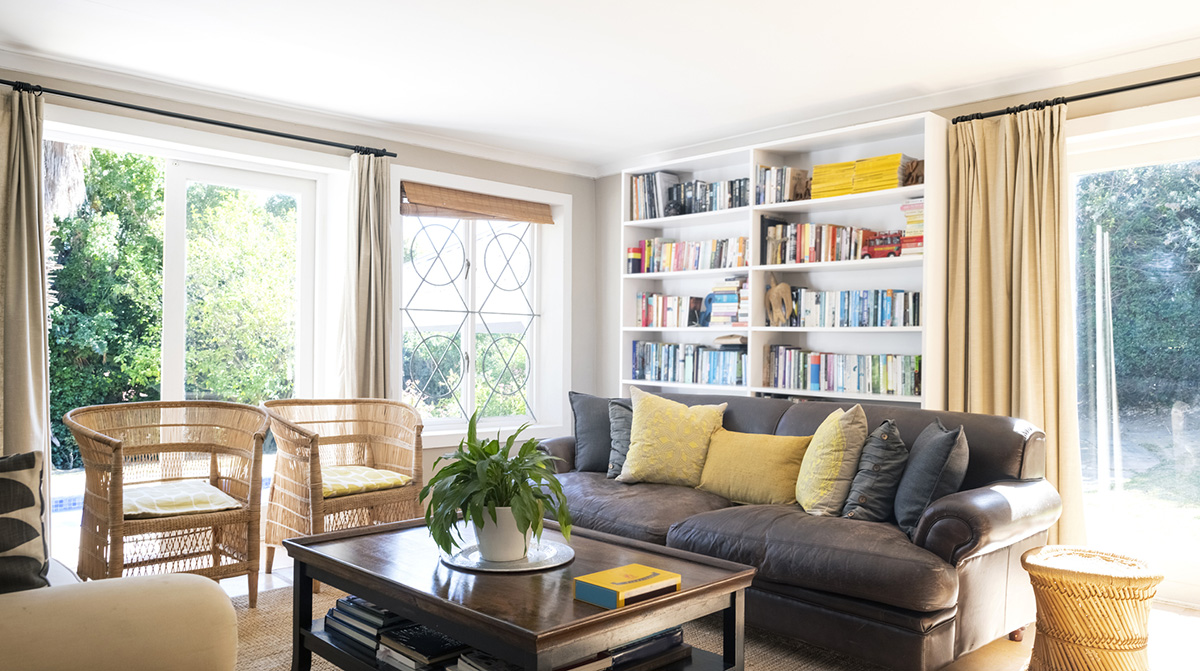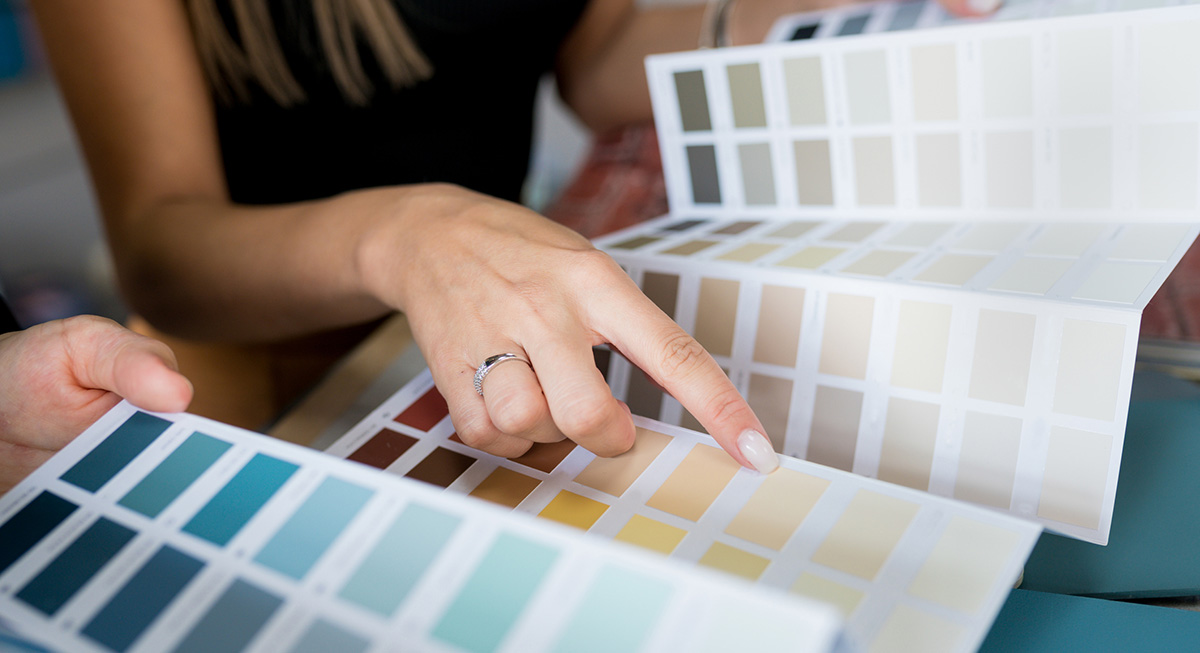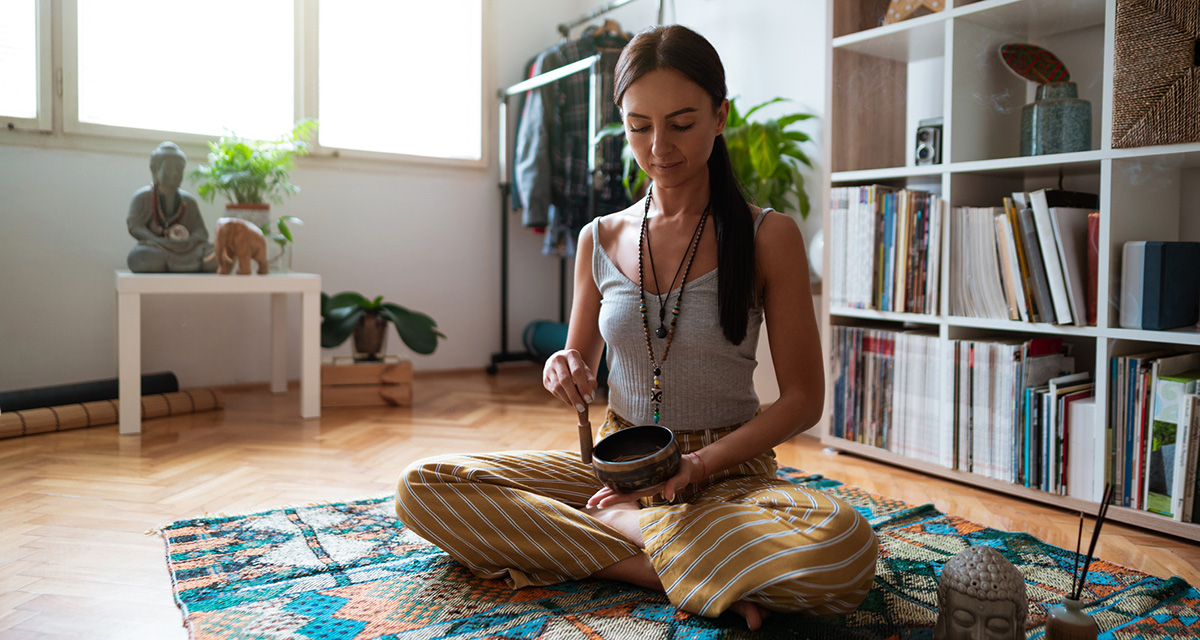Living the Balanced Life: Interior Design Ideas to Improve Your Mental Health

Living the Balanced Life: Interior Design Ideas to Improve Your Mental Health
With the rise of the COVID-19 pandemic, we spend more time at home than ever before. As a result, our physical and emotional health have become intertwined with the state of our homes’ interiors. That means that not tuning into how you can make your home feel more harmonious is a missed opportunity to address the way your home affects your mental health.
In fact, the interior design in your home can have a significant impact on your mental health. It’s time to gain awareness about how you can make your home a space that is not only comfortable but also uplifting and inspiring. So, what does that mean for you?
If you’re truly invested in addressing your mental health, it’s time to improve your interior design! We are constantly surrounded by our decisions, so why not make the ones that matter to us? Creating better living through interior design to improve mental health can help you find peace and happiness within your own four walls.
Interior Design Tips for Mental Health
Balanced, serene, interior design can help you live a more balanced life. Here are some tips on interior design for improved mental health:
Enhanced Lighting

Lighting is a critical consideration for creating a comfortable and supportive atmosphere in your home. This is especially true when it comes to interior design for mental health. It’s important to note that lighting has an enormous impact on mood, which is why it’s so crucial to choose the right lighting when you’re decorating. Overall, there are two distinct types of lighting that you need to take into consideration when thinking about your interior design ideas.
Natural lighting refers to the light that enters your home from the exterior and is a primary source of essential Vitamin D. For most homes, windows are the best way to get more natural light. Make sure you incorporate plenty of windows in your home to get that natural light streaming through and use light window coverings to allow natural light into every space. Consider investing in a skylight, if possible, as these are a wonderful way to get even more natural light.
Artificial lighting provided by lamps and overhead lights are the other common sources of home lighting. This kind of light can brighten up your space even when the sun isn’t shining through your windows. However, you’ll still need to make sure that you choose the right kind of lighting. Bright, white light like that provided by the sun is said to be great for improving mental health. Consider replacing your light bulbs with bulbs that give off this kind of light.
Decorating Your Home with Color Psychology in Mind

Your color scheme is another crucial aspect of your interior design that can be used to improve mental health. In fact, color psychology has been researched repeatedly over the years, as color has been found to be so important to our wellbeing. Still, we all react differently to the assorted colors and shades on the color wheel—some people feel happiest surrounded by bright colors, while others are more inclined to gravitate toward pastel shades.
So, how do you choose the right color scheme for your home? The color wheel is a great guide to choosing colors that supply balance inside your home. For example, if you want to create a relaxing and calming feel in your home, you could choose neutrals with blue undertones and compliment them with an occasional accent from the opposite side of the color wheel. If you want your design to be more uplifting and exciting, you could go for reds, oranges, and neutrals with yellow undertones.
This is just a small example of how color psychology can impact your interior design ideas. Take a look at the colors that you have in your home now—as well as the colors that surround you in
nature—and tune into how each makes you feel. Then, create a home color scheme that supports the emotions you’re aiming for.
Incorporate Plants and Greenery
Nature is known to have a positive effect on mental health, so why not bring natural elements into your home? Not only will being surrounded by greenery provide serenity and calm, tending indoor plants and greenery can help you to relax and unwind. Plus, greenery can also help purify the air in your home, which is a great bonus.
There are many different types of houseplants to choose from, all of which can help you bring more nature into your home. Which ones will work best for you depends on the type of look that you’re going for, as well as the level of skill needed to help them thrive. Consider bringing nature into your home with some indoor plants and greenery that don’t require too much maintenance. Some of the best options include aloe vera, bamboo, and Mother-in-law’s Tongue.
If you truly do have a black thumb, consider buying some artificial versions of your favorite greenery. These are perfect for those who don’t have time or skill to spare and can still bring a sense of nature into your home.
Cleaning and Organizing Your Home
There are many ways you can use your home to improve your mental health without spending money on new decorating ideas. In fact, one of the best ways to keep your mental health in check is by keeping a tidy and organized home. This can be especially important if you live with other people, as it’s likely that you’ll all be able to feel the difference if your home is clean and organized.
There are many ways to begin keeping your home clean and organized. The first step is to get rid of any clutter in your home. Keeping everything off the floor is a good place to start. That way, dirt, dust, and other objects won’t become trapped beneath a layer of debris. Next, you’ll need to implement an organizational structure everyone in your household can agree upon to keep the home clean and well-maintained.
Creating a system for cleaning and maintaining your home’s cleanliness is a fantastic way to improve your mental health. Clearing the clutter in your house will help to clear clutter in your mind as well!
Harnessing Feng Shui

Feng Shui is a Chinese philosophy that focuses on the flow of energy in your home. As Feng Shui has been shown to have positive effects on mental health, it’s a strategy to consider when searching for interior design ideas to improve your mental health.
There are some basic elements of Feng Shui you should consider when decorating your home. For example, one of the key principles is to ensure a good flow of energy through your home. This can be achieved in part by installing a main door that leads into your home, along with an open kitchen and dining room.
You can also bring more principles of Feng Shui into your home with the strategic placement of furniture. For example, if you have a desk in your bedroom, try to put it against the wall rather than under a window or at right angles to the door. This will allow you to have more privacy when working or studying and maintain proper flow of energy.
You can also consider having a Feng Shui expert come to evaluate your home in person. They will be able to offer you advice regarding how to make your home feel more balanced and healthy. An expert can also give you a reading of the energy that flows through your home.
Consider Environmental Psychology

We spend most of our time surrounded by our personal objects and materials. Therefore, it’s crucial to think carefully about the kinds of things you surround yourself with. The practice of environmental psychology focuses on how things impact us on a psychological level, and it’s something you should consider when decorating your home.
For example, are you surrounded by objects that make you feel happy? Are there things in your living space that remind you of your loved ones? These little things can have a larger impact than you might think on your well-being and happiness, so it’s important to keep them in mind when you’re creating your interior design ideas.
Your space should be made to work for you. Creating a good balance between your interior design preferences and surrounding yourself with positive things is an important part of creating harmony in your home. This harmony will allow you to feel at ease in your home and address yourself and your mental health.
Spacious Design
When it comes to interior design and mental health, one of the most common mistakes people make is creating a space that feels small and closed in. While it’s nice to have cozy spaces, an interior design that feels too small and cramped makes you feel overwhelmed and stressed out. By contrast, spacious design is all about making your home feel like a haven that allows you to breathe easily. This could be especially important if you live in a busy city and spend much of your time surrounded by noise and crowded spaces.
To instill spacious design in your home, avoid using too many pieces of furniture. You should also avoid buying unnecessary items that will create too much clutter in your home, as this will only make things feel more closed-in and claustrophobic. Try to keep things simple and you should notice that your home feels more open and inviting.
A Space with Mental Health in Mind
Interior design and well-being are closely related. This means that it’s important to be proactive with how your home is affecting your mental health, rather than waiting until you’re feeling stressed out or overwhelm



